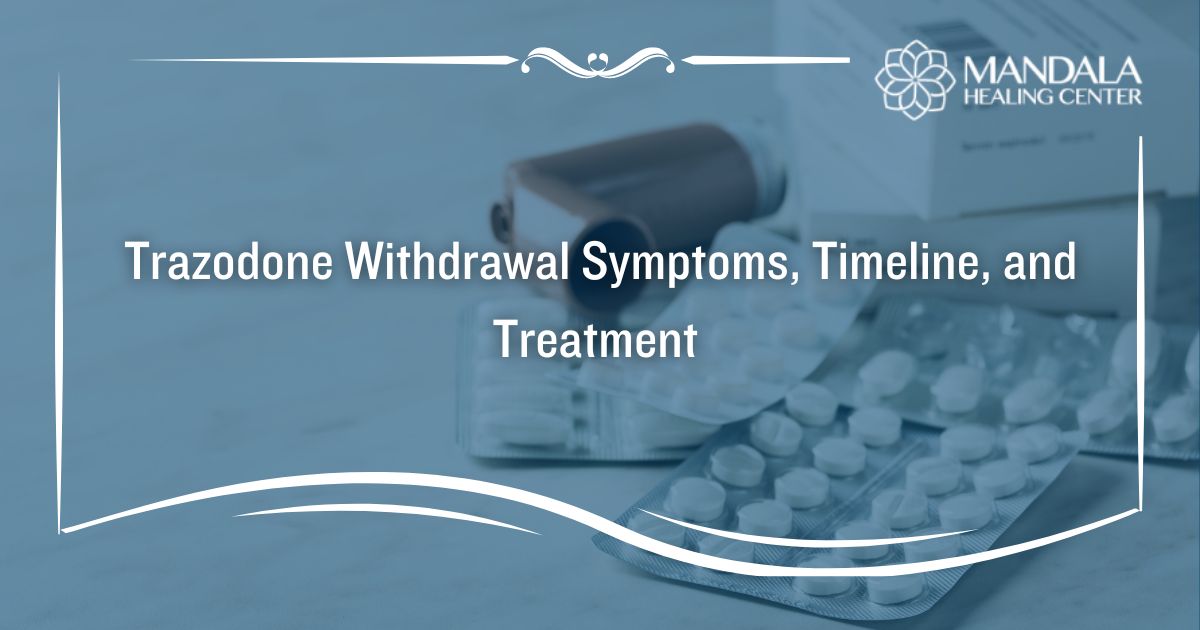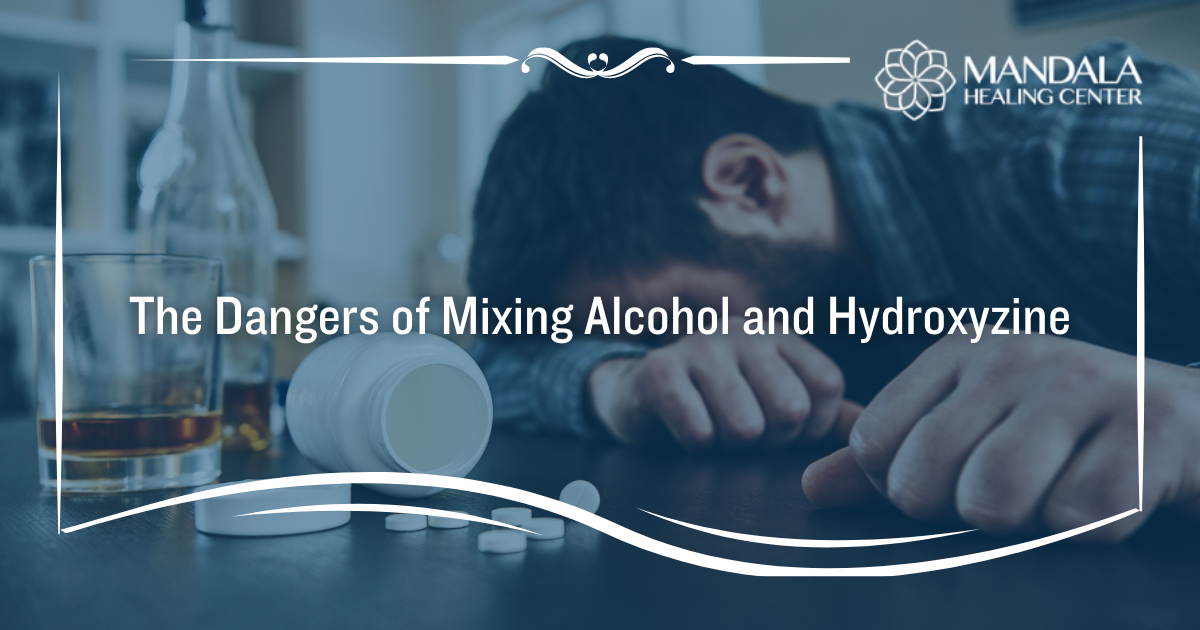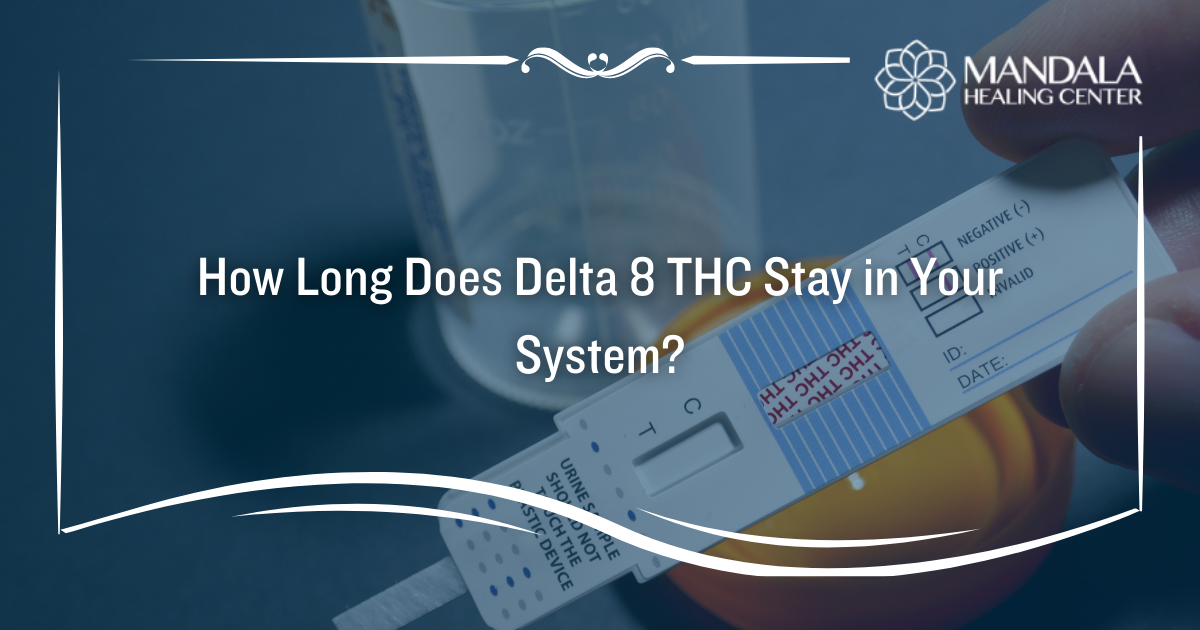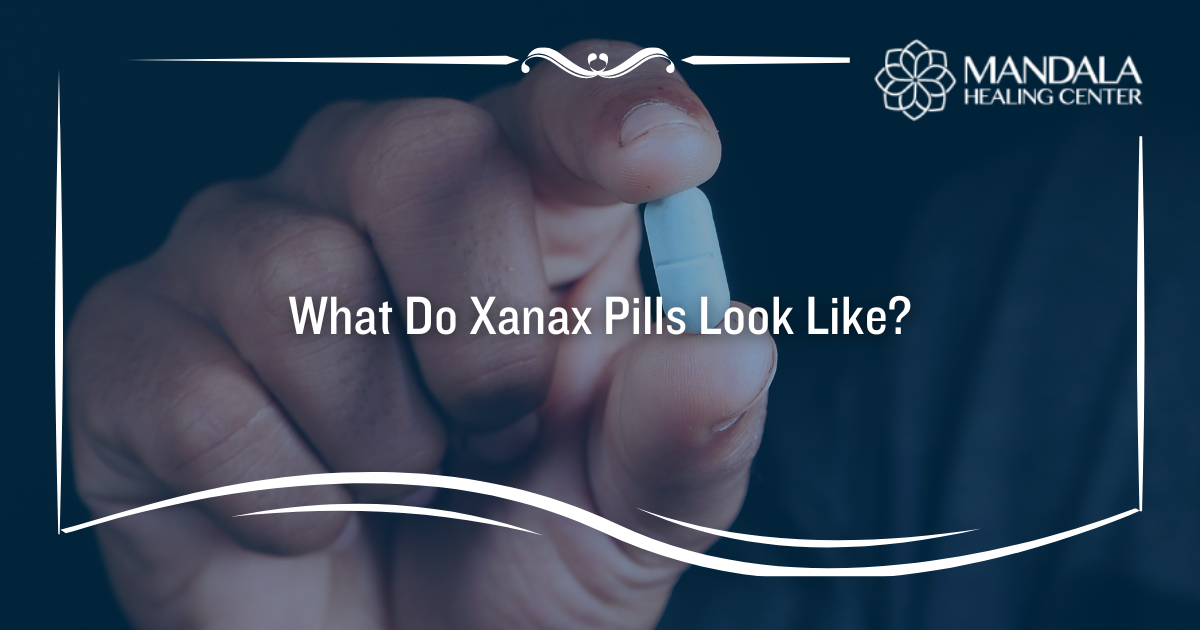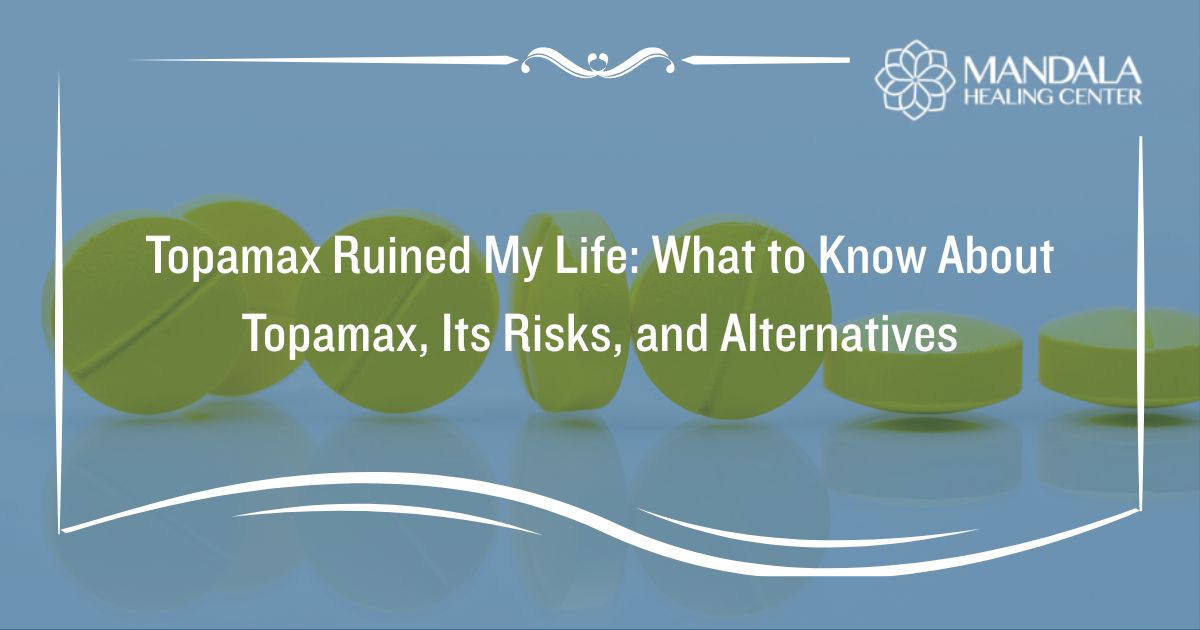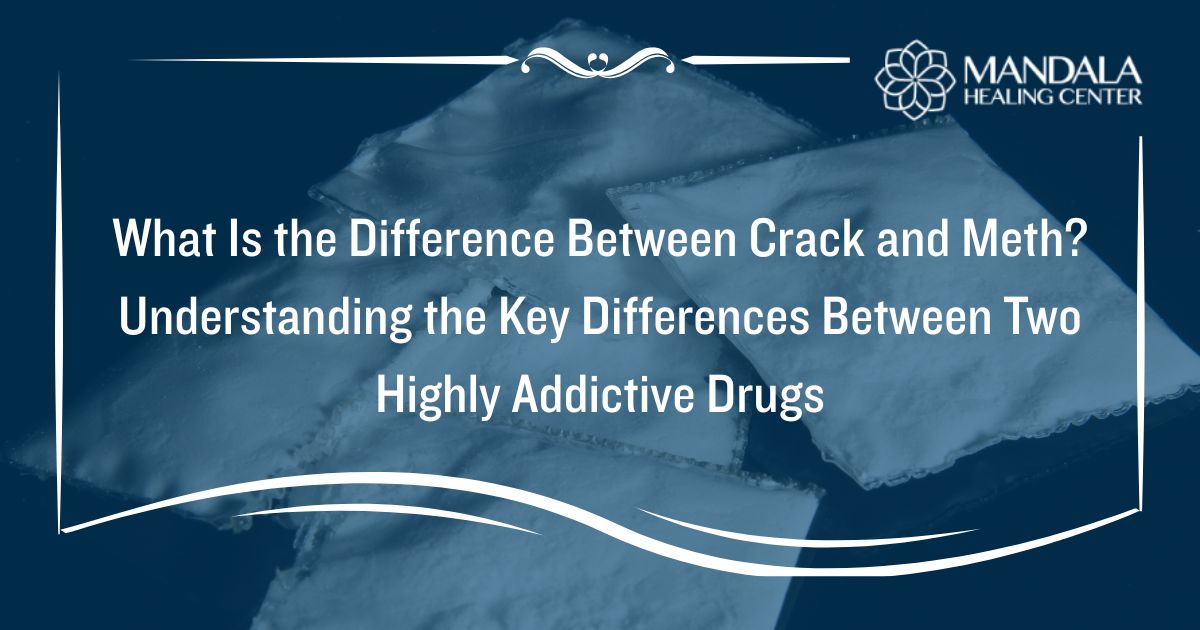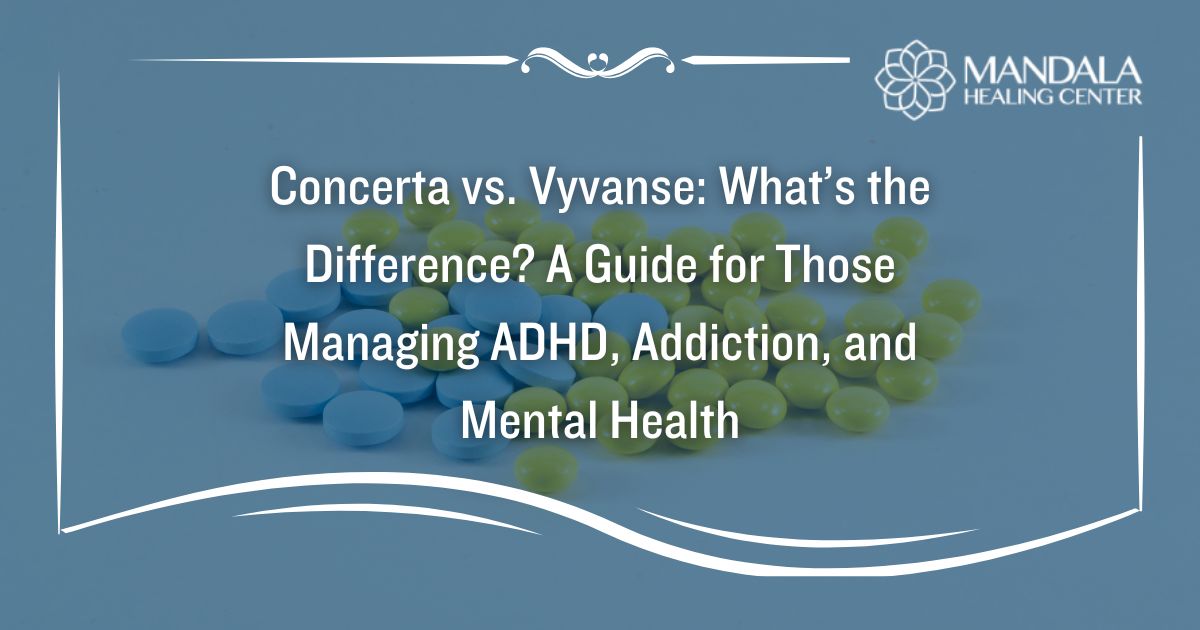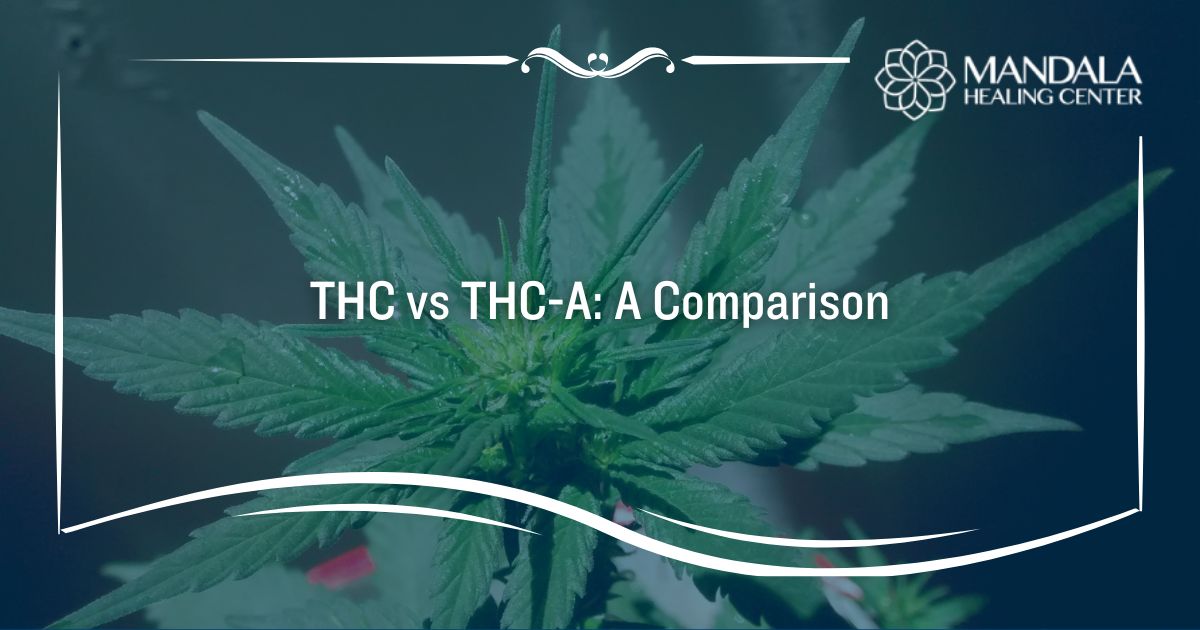Trazodone is an antidepressant medication used to treat depression, anxiety, and insomnia. It is considered a serotonin antagonist and reuptake inhibitor (SARI), which increases serotonin levels in the brain by blocking serotonin receptors.[1]
If you are taking trazodone to treat major depressive disorder or another mental health condition, you are meant to take it daily. As a result of taking it long-term, you will develop a physical dependence on it. This does not mean you are addicted, however, suddenly stopping trazodone will result in withdrawal symptoms.
On the other hand, some people begin abusing trazodone because it can produce sedative effects. If you misuse trazodone repeatedly, you can develop an addiction. If you stop taking trazodone cold turkey you will experience withdrawal symptoms.
Trazodone withdrawal symptoms include agitation, anxiety, mood swings, headaches, confusion, and more. It is often referred to as antidepressant discontinuation syndrome. Your symptoms will begin within 24 to 48 hours and last 2 to 3 weeks.
In this article, you will learn:
- What are the symptoms of trazodone withdrawal?
- What is the trazodone withdrawal timeline?
- How does detox treat trazodone withdrawal?
What are the Symptoms of Trazodone Withdrawal?
You can experience trazodone withdrawal after taking it as prescribed or due to addiction. Either way, you should not suddenly stop taking trazodone without medical supervision.
If you are taking it as prescribed, your doctor will provide you with a tapering schedule to discontinue it. On the other hand, those suffering from trazodone addiction should attend medical detox to stop taking the prescription drug.
The most common symptoms of trazodone withdrawal include:[2]
- Agitation and anxiety
- Mood swings
- Dizziness
- Confusion
- Headaches
- Irritability and nervousness
- Depression and suicidal thoughts
- Insomnia
- Rebound symptoms of the mental health condition you treated with trazodone
Most of the side effects of trazodone withdrawal are psychological symptoms. However, that does not mean withdrawal is easy to overcome. Some symptoms like depression can become so severe that you begin experiencing suicidal thoughts.
Because of this, you should either get on a tapering schedule offered by your doctor or attend medical detox when you stop taking trazodone.
How Long Does Trazodone Withdrawal Last?
The half-life of trazodone is between 5 to 9 hours.[3] It will leave your system within 25 to 45 hours after your last dose. This means that trazodone withdrawal will begin within 1 to 2 days after you stop taking it.
The trazodone withdrawal timeline can vary from person to person depending on factors like how often you took trazodone, the dose you consumed, your age, overall health, and the speed of your metabolism. Despite this, most people follow this general timeline:
24 to 48 Hours
The initial symptoms of trazodone withdrawal will begin within 24 to 48 hours. These symptoms tend to be mild. You might experience headaches, slight anxiety, and mood swings. If you are addicted to trazodone, you will suffer from cravings and urges to consume it.
3 to 7 Days
Within 3 to 7 days, your withdrawal symptoms will reach peak intensity. In other words, they will be at their most severe. This stage is when you need to worry about significant mental health symptoms like suicidal thoughts.
Because your symptoms will be severe, you should be under the care of a medical professional. If you are adhering to a tapering schedule from your doctor, you will not experience intense symptoms. Additionally, if you attend a medical detox program, you will be given medications to control your side effects.
2 to 3 Weeks
The symptoms of trazodone withdrawal should begin to subside within 2 to 3 weeks. During this time, you could experience lingering symptoms like anxiety, depression, or insomnia. If you were using trazodone to treat clinical depression or anxiety, your doctor might find you a new medication to manage your condition.
How Does Detox for Trazodone Work?
If you are addicted to trazodone, you should enter a detox program before you quit taking it. The goal of detox is to rid your body of a substance while keeping you stable and treating your withdrawal symptoms. This makes it possible for you to achieve long-term sobriety.
During detox for trazodone, you will be put on a tapering schedule. Typically, you can taper off of trazodone within 2 to 3 weeks depending on the dose you were abusing.
In addition to tapering, medical professionals will routinely check your vital signs. They will make sure your heart rate, blood pressure, body temperature, and breathing rate remain normal during the withdrawal process. You might also be given IV fluids or vitamins to help you stay healthy.
Lastly, you will have 24/7 access to mental health professionals during trazodone detox. Because the psychological withdrawal symptoms can be intense, this is extremely important. You might participate in both individual and group therapy during a medical detox program.
Find Help for Trazodone Abuse and Addiction
If you or a loved one suffers from trazodone addiction, it’s time to seek help. At the Mandala Healing Center, we offer a comprehensive treatment program that includes medical detox, behavioral therapy, and relapse prevention planning.
Contact us today for more information on our trazodone detox program.
References:
- Science Direct: Serotonin Antagonist
- The National Library of Medicine (NLM): Mechanisms of the development of trazodone withdrawal symptoms
- The Food and Drug Administration (FDA): Trazodone Label


